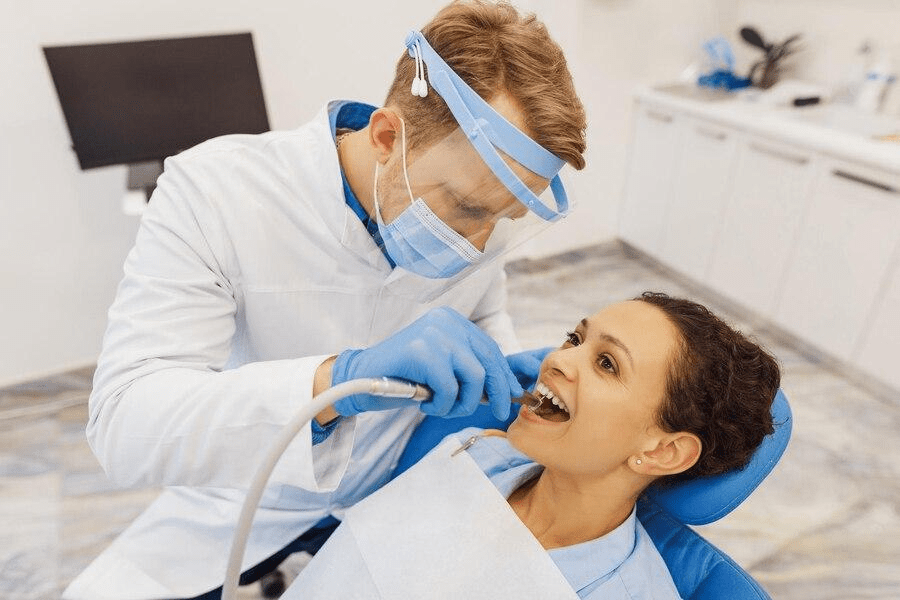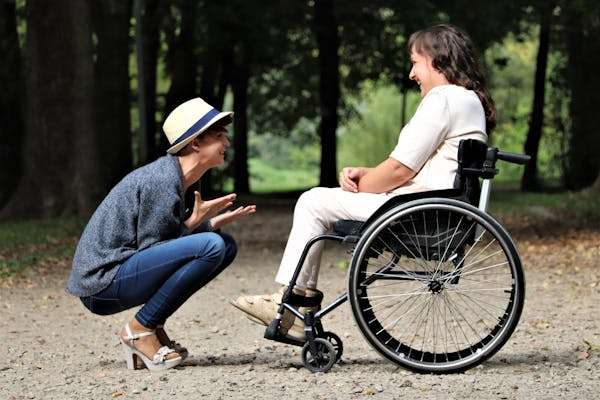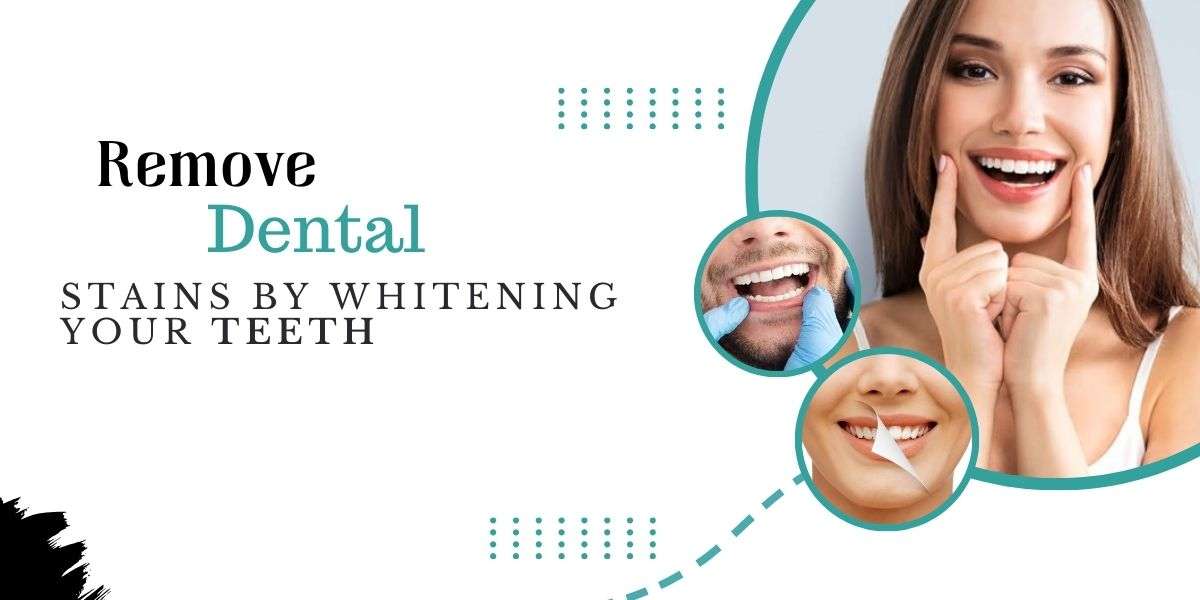Cat-cow stretch, chakravakasana, is a yoga pose that helps you stand up straighter and improve your balance. There are many benefits of the Cat-Cow pose. This yoga pose is great for people with a lot of back pain. In the cat-cow pose, you move your spine from a rounded or flexed position to a straight or arched position. Each move in this pose is made with an inhale or an exhale of breath. It makes it a simple vinyasa, which links your breath to your yoga movements. Read further to understand how to do the Cat-Cow pose with perfect form and common mistakes in the Cat-Cow pose.
Benefits Of The Cat-Cow Pose
People who spend too much time sitting at their desks can benefit from the Cat-Cow Pose. Spine discs can flow more blood when the spine bends and straightens regularly. Even though the movement is simple, it helps your back do the important things it needs to do to support itself. It is a good way to ease back pain, keep good posture, and improve balance. These benefits of the Cat-Cow pose are long-term.
In general, yoga is linked to better mental health and that way you can learn to tame your anxiety. One study found that it can be a solid foundation for better health habits. People who try yoga regularly may be more likely to focus on other parts of their health. Because Cat-Cow is so easy, it’s a great way to start yoga if you’re just starting. You could call it a gateway to aligned chakras. Make sure you perform this well to gain the benefits of the Cat-Cow pose.
How To Do Cat-Cow Pose With Perfect Form?
1. Neutral Position
- Start on your hands and knees. Your fingers should be spread wide, and your palms should be flat on the floor. Your wrists should be right under your shoulders for support. Your knees should be right where your hips are.
- Keep your spine in a straight line from the top of your head to the bottom of your tailbone.
- Keep a little movement in your neck, but keep your head pointing down and out. This helps keep your back straight.
2. Inhale
- From the neutral position, tilt your pelvis up to lift your tailbone.
- Curl your toes flat against the floor to support your feet.
- Engage your abs as your stomach drops down on its own.
- Let the curve of your spine move up from your tailbone to the base of your neck. Roll your shoulders down your back.
- When the movement gets to your neck, slowly lift your head toward the ceiling.
- Hang tight for a moment.
3. Exhale
- Again, your pelvis should be your guide as you tuck your tailbone.
- So that the soles of your feet are flush with the ground, you should push your toes through.
- Use the same rippling action to pull your abs up and in.
- You should round your shoulders and drop your head until your eyes are level with your belly button.
- Pause for some time.
Cat-Cow Pose Modifications To Try
1. Standing Cat-Cow Pose
- Start with your legs shoulder-width apart, your knees bent, and your hands just above your knees at the base of your thighs.
- Keep a neutral spine. You want that same straight line from the top of your head to the bottom of your spine.
- Inhale. Starting from your tailbone, tilt your hips and arch your back, so your head goes up to the ceiling.
- Hang tight for a moment.
- Exhale. Curve your back so your head drops down until you can see your navel.
- Sit tight for a minute.
- Do this for 5?10 deep breaths. It will give you the benefits of the Cat-Cow pose.
2. Seated Cat-Cow
This modification is popular in chair yoga routines and is particularly useful for seniors who want to take things slowly.
- Start by sitting in the middle of a sturdy chair and putting your hands on your thighs.
- As you breathe in, slowly arch your back so your chest opens up and your head rises.
- Hold on for a moment.
- As you let your breath out, round your back so your chin rests on your chest.
- Hold on for a second.
- Do this for five to ten breaths.
3. Child Pose
Child’s Pose (Balasana) is a little harder than Cat-Cow, but it is still an easy yoga pose for beginners. It is a rest position, not like Cat-Cow. There are some amazing benefits of the Cat-Cow pose. You are supposed to hold it for a few minutes (or as long as it feels good) instead of moving quickly from one move to the next.
- Start by getting down on your knees and sitting on your heels. Your knees should be about as far apart as your hips, and your big toes should touch.
- Exhale. Put your head on the floor and your stomach between your thighs.
- Spread your arms in front of you with your palms flat on the ground.
- Place your hips between your inner thighs by pointing them toward your belly button.
- Hold this pose for one to three minutes, paying attention to your breaths the whole time.
Common Mistakes In The Cat-Cow Pose
- Make sure that you are always in charge of how your neck moves. Don’t go too far when you move your head up toward the ceiling. When you return to Cat Pose, don’t force your head down before it feels natural. The key is to relax your shoulders and pull your shoulder blades down and away from your ears.
- This is a move for your back. If you move with your elbows and arms, you are not giving your spine a chance to stretch and relax. Make sure you’re moving the right body parts by keeping your arms straight. It will help you in achieving the benefits of the Cat-Cow pose.
- Before you start yoga, talk to a doctor if you have an injury to your neck or spine that you are still healing from.
Conclusion
The cat-cow pose is a great yoga pose for your upper back. There are many benefits of the Cat-Cow pose. But if you’ve hurt your neck, keep your head in line with your torso, and don’t let it drop back or forward. Avoid the cat pose if you are pregnant or have a back or neck injury, and don’t let your stomach drop between movements. There are many above-mentioned Cat-Cow pose modifications to try as well. Remember that you should never feel any pain when doing the exercise. Before you start yoga or any other exercise, talk to your doctor if you have any health concerns.









